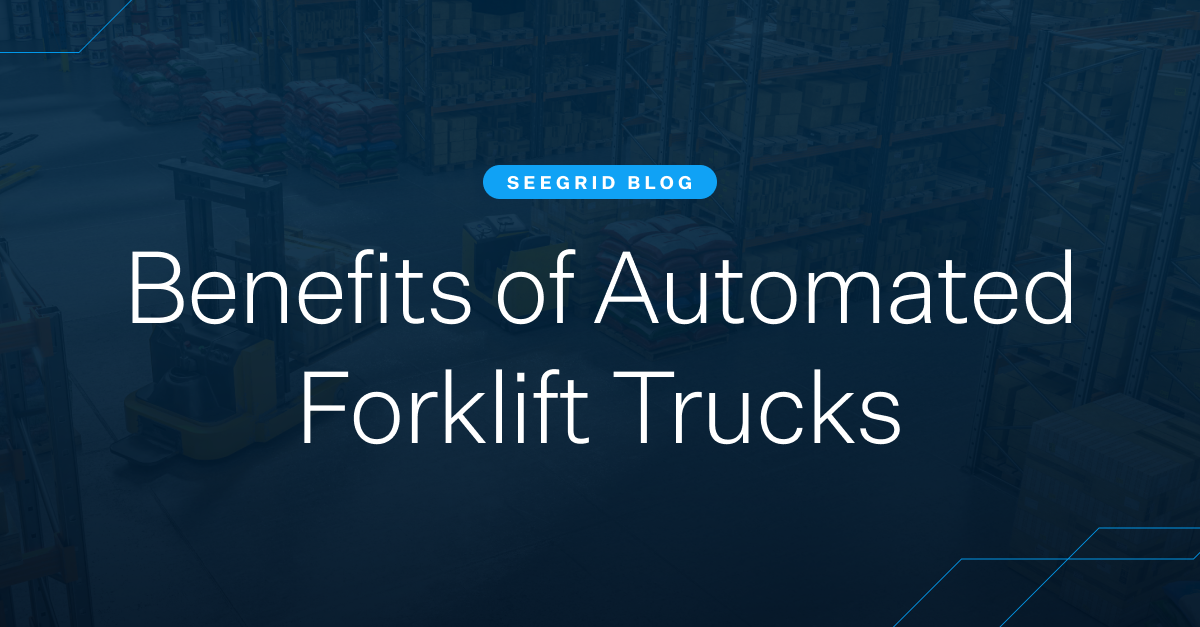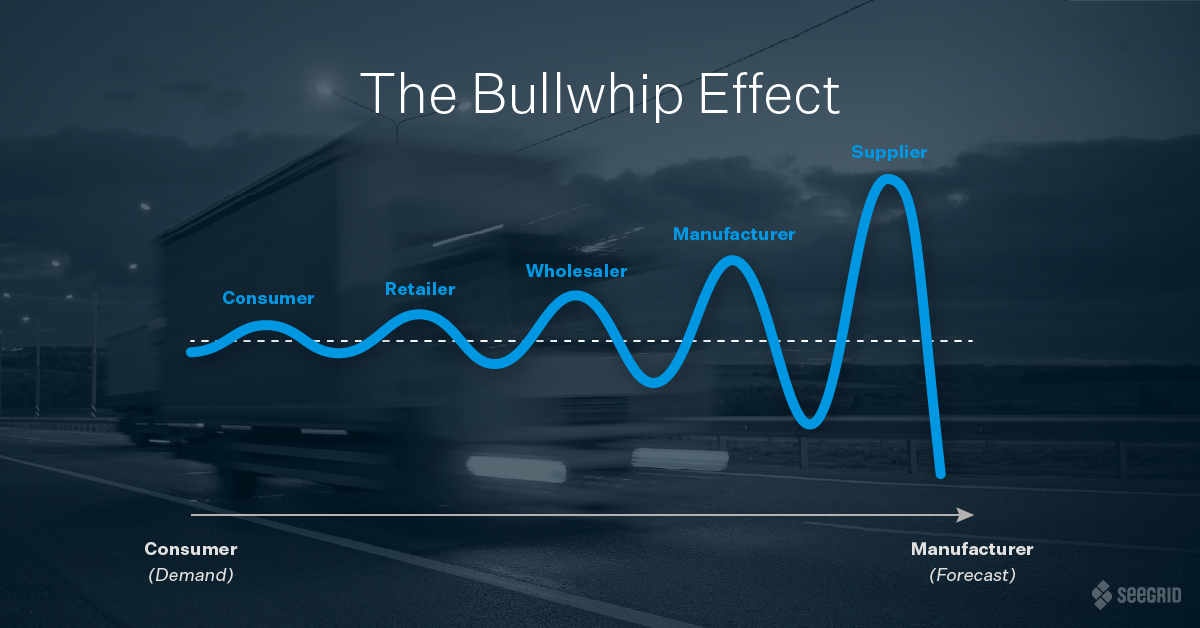Many material handling facility workflows are being automated, partly due to technology advances and also because of the very competitive nature of business. Parts-to-line, putaway, trash removal, replenishment, cross docking—automation is well suited for tasks throughout essentially every workflow of a warehouse or manufacturing plant. But what about material handling on a broader scale?
Technology improvements in automated forklift trucks have made them real assets in material handling facilities, especially in large facilities where human workers could be expected to walk long distances for picking, hauling, and putaway functions. Unlike traditional automated guided vehicles (AGVs), more advanced autonomous mobile robots (AMRs) are not limited to designated aisles where some kind of floor tape or fixed infrastructure has been installed to direct the robot. AMRs do not require fixed infrastructure at all, and therefore, provide maximum flexibility.
Here are four benefits to automating applications using the most advanced automated forklift trucks.
1. Safety
Heavy machinery, foot traffic, and the high pressure nature of warehousing and manufacturing makes material handling an incredibly dangerous profession. For example, there’s a 90% chance that a manual forklift will be involved in at least one workplace injury or fatality over its service lifetime. There are so many factors that can contribute to unsafe manual forklift operation: inexperienced drivers, unsecured loaded materials, exceeding load capacity, unstable road surfaces, and human error. Manufacturing and warehouse safety should be at the top of every facility manager’s priority list, and automation takes the guesswork out of safety.
AMRs are consistent, reliable, and predictable. Not only do they always follow their designated routes, but each mobile robot is well-equipped with audio and visual warnings to announce its arrival to human workers who cross its path. Plus, advanced AMRs such as Seegrid AMRs can actually “see.” Based on decades of innovation, Seegrid’s proprietary, AI-based algorithms fuse our unique computer vision system with state-of-the-art sensor data to deliver AMRs with the unmatched ability to see, understand, and learn, performing and reporting on tasks safely and productively for millions of autonomous miles. Seegrid AMRs are the market leader in robust navigation and go above and beyond safety standards to work seamlessly and safely alongside their human coworkers.
2. Productivity
Even the most productive and accurate human workers can’t compete with the quality of work provided by an automated solution. While a forklift operator may be distracted and inattentive after a poor night’s sleep, a driverless forklift is always on task and performs optimally every day. AMRs can also work 24/7, which bypasses downtime and lost hours of productivity.
There will always be a place for human workers in the material handling process. As advanced as robotics has become, there’s no replacing the creative thinking and leadership that only a human can offer. When AMRs take over the repetitive tasks and heavy lifting, you can redistribute your human workers to departments where they can safely drive more productivity in operations that directly benefit customers and drive revenue.
3. Cost
Mobile robots reduce the costs associated with human capital. In addition to the rising cost of human labor wages, the total annual cost of workplace injuries is $170.8 billion, which includes administrative and medical expenses and the dollar figure of wage and productivity losses. When accidents are all but eliminated thanks to the precision of AMRs, that’s a large sum of your budget you can allocate elsewhere.
The scalability of AMRs also contributes to their cost effectiveness. Adding one industrial mobile robot or an entire fleet of AMRs to your facility won’t interrupt your regular operations or require any expensive downtime. Seegrid AMRs can be up and running quickly thanks to their infrastructure-free design and the ease of the set-up process. Seegrid AMRs can be trained by the warehouse facility’s own staff, so you don’t have to wait for an engineer to train or retrain the robots, saving you hours and additional costs.
Due to their flexibility and ease of use, AMRs are incredibly cost effective. With Seegrid, customers can achieve a quick return on investment in less than 24 months. In fact, Seegrid AMRs provide the lowest total cost of ownership due to their unparalleled flexibility and ability to be immediately dispatched or redeployed while production is running.
4. Integration with a WMS
Automated forklift trucks can be integrated with an existing warehouse management system (WMS) to achieve further efficiencies. That means they can be incorporated into the WMS software as resources, and their daily tasks and movements can be directed automatically as a function of the current overall task list. Mobile robots integrated with a WMS ensures resources are maximized within the operation.
When facility managers invest in a Seegrid AMR fleet, they can also access software solutions that’ll help them keep on top of their investment’s performance. Supervisor fleet management software, part of the Seegrid Fleet Central software suite, integrates with enterprise or custom WMS to provide monitoring capabilities and control of day-to-day operations. Supervisor allows fleet tracking from any smart device, so facility managers can track warehouse operations and materials and ensure that production is running smoothly even when they’re on the go.
Invest in the Future
Automation is leading the way in the exciting future of material handling operations. The safety benefits, productivity boost, cost savings, and seamless integration with current operations makes the move to automating lift truck, pallet truck, and tow tractor fleets a smart one.
White Paper: The Autonomous Mobile Robot Market
Download this white paper to learn about today’s supply chain pressures and the flexible solutions that will help you reduce safety incidents while protecting human and capital resources.







